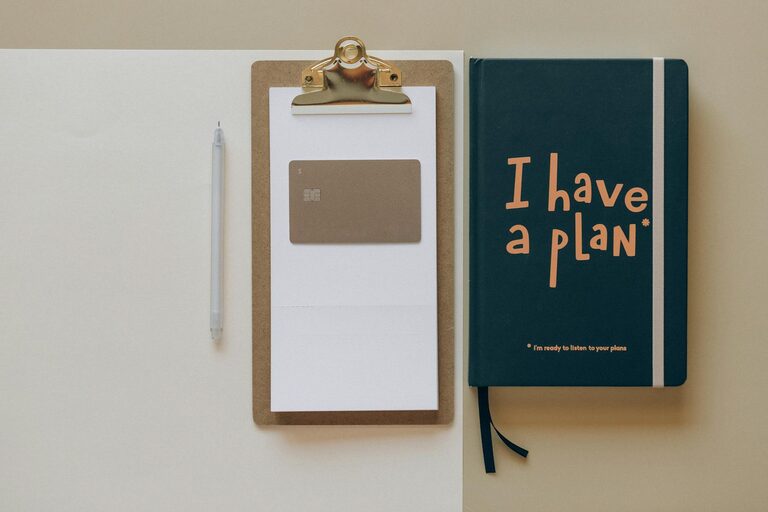
Choosing a notebook might seem like a simple task, but picking one that you’ll actually use consistently can make a big difference in your productivity and creativity. Whether you want it for journaling, planning, sketching, or jotting down random ideas, finding the right notebook will help you make the most of your time and effort. In this guide, we’ll walk you through practical tips to select a notebook that suits your needs and preferences.
Understand Your Purpose
Before browsing all the colorful options, take a moment to think about why you need a notebook:
– Journaling or personal reflection
– Planning your day or projects
– Taking notes in meetings or classes
– Sketching and drawing
– Writing down ideas or brainstorming
Identifying the primary use will influence the style, size, and features you need.
Consider the Size and Portability
Notebooks come in a variety of sizes, and choosing the right one depends on how and where you’ll use it.
Common sizes:
– Pocket size (A6 or smaller): Great for carrying everywhere; perfect for quick notes or ideas.
– A5 (around 5.8 x 8.3 inches): A popular mid-size, easy to carry and provides ample writing space.
– A4 (8.3 x 11.7 inches) or larger: Good for detailed notes, drawings, or planners used mostly at a desk.
If you often work while traveling or on the go, consider a smaller, lightweight notebook. If your writing or drawing needs more space, a larger format might be better.
Choose the Right Paper Type and Quality
Paper quality affects both the writing experience and durability.
– Weight: Heavier paper (like 80-100 gsm or higher) prevents ink from bleeding through. Ideal for fountain pens or markers.
– Texture: Smooth paper works well for writing; textured paper is better for sketching.
– Color: White paper offers contrast for most pens; cream or ivory tones are gentler on the eyes.
If you’re particular about your writing instruments, test your favorite pen on a paper sample if possible.
Decide on the Binding Style
Binding affects how the notebook lies flat and how durable it is.
– Spiral-bound: Folds back completely and lies flat, making it user-friendly for both left- and right-handed writers.
– Perfect-bound (glued spine): Sleeker look but may not lie flat, which can be tricky for writing close to the edges.
– Sewn binding: Durable and lay flat naturally, often found in premium notebooks.
– Disc-bound: Allows for page removal and rearrangement, offering versatility.
Think about whether you want to reuse or rearrange pages, and how you prefer to handle your notebook while writing.
Look at the Page Layout
The internal layout can motivate or discourage regular use.
– Lined pages: Great for writing and note-taking.
– Grid or dot grid: Useful for bullet journaling, sketching, or combining writing with charts.
– Blank pages: Ideal for freeform drawing and sketches.
– Pre-printed planners: If you want built-in calendars, to-do lists, or habit trackers.
Choose a format that supports your goals without getting in your way.
Pay Attention to the Cover Material and Durability
Your notebook should withstand daily use without falling apart or feeling unpleasant.
– Hardcover: Offers sturdy protection, good for carrying in bags.
– Softcover: Flexible and lightweight but may wear out more quickly.
– Water-resistant covers: Useful if you’re often outdoors or in varying environments.
Additionally, consider if you want an elastic band closure, a pen holder, or internal pockets for added convenience.
Factor in Aesthetics and Personal Connection
Though practical features matter most, the appearance of your notebook can inspire you to use it more.
Choose colors, designs, or materials that you find appealing or calming. Some people prefer minimalist styles, while others enjoy artistic covers. Your connection with your notebook can make it feel like a trusted companion.
Set a Realistic Budget
Notebooks come in a wide price range—from a few dollars to premium brands costing much more.
Decide what you’re comfortable spending. Sometimes investing a bit more in quality pays off in durability and enjoyment. However, a simple, affordable notebook can also serve you well if it fits your needs.
Try Before You Commit (If Possible)
If you can, visit a stationery store to feel the paper, try the size, and examine the binding. Testing writing on different notebooks helps you understand what works best for you.
Tips for Making the Most of Your Notebook
– Keep it accessible: Store your notebook where you can easily grab it.
– Set a routine: Dedicate specific times for writing or planning.
– Customize: Add tabs, stickers, or bookmarks to organize and personalize.
– Use it consistently: Regular use turns your notebook from a tool into a habit.
—
Choosing the right notebook might take a bit of trial and error, but once you find the one that fits your style and needs, it can become an essential part of your daily life. Remember, the best notebook is the one you enjoy using and reach for again and again.
Happy writing!
